
B.C. has a new policy for staking mining claims. Why doesn’t anyone like it?
B.C. previously allowed mineral claims without First Nations consultation. It was court-ordered to fulfill its...
Grizzly bears and the Tahltan First Nation in northwest B.C. have coexisted since time immemorial. The Tahltan have always responsibly harvested the bears, using all parts of the animals for food, clothing, regalia, tools, medicine and ceremony. Hunting the apex predators also maintains balance in the ecosystem and ensures there’s ample caribou, moose and salmon to feed the community, according to Tahltan Central Government President Chad Day.
But when the B.C. government banned the grizzly bear trophy hunt in 2017, the system was thrown out of whack. While the Tahltan could still hunt for food, social and ceremonial purposes, sport hunting, which took about 100 bears a year from the territory, was strictly prohibited.
Since the ban, members of the Tahltan have reported increasing numbers of grizzlies in their territory, which spans nearly 100,000 square kilometres, Day said. Community members have also reported that those bears are becoming more aggressive toward humans. More grizzlies also means fewer fish and ungulates, important food sources for the community, according to Day.
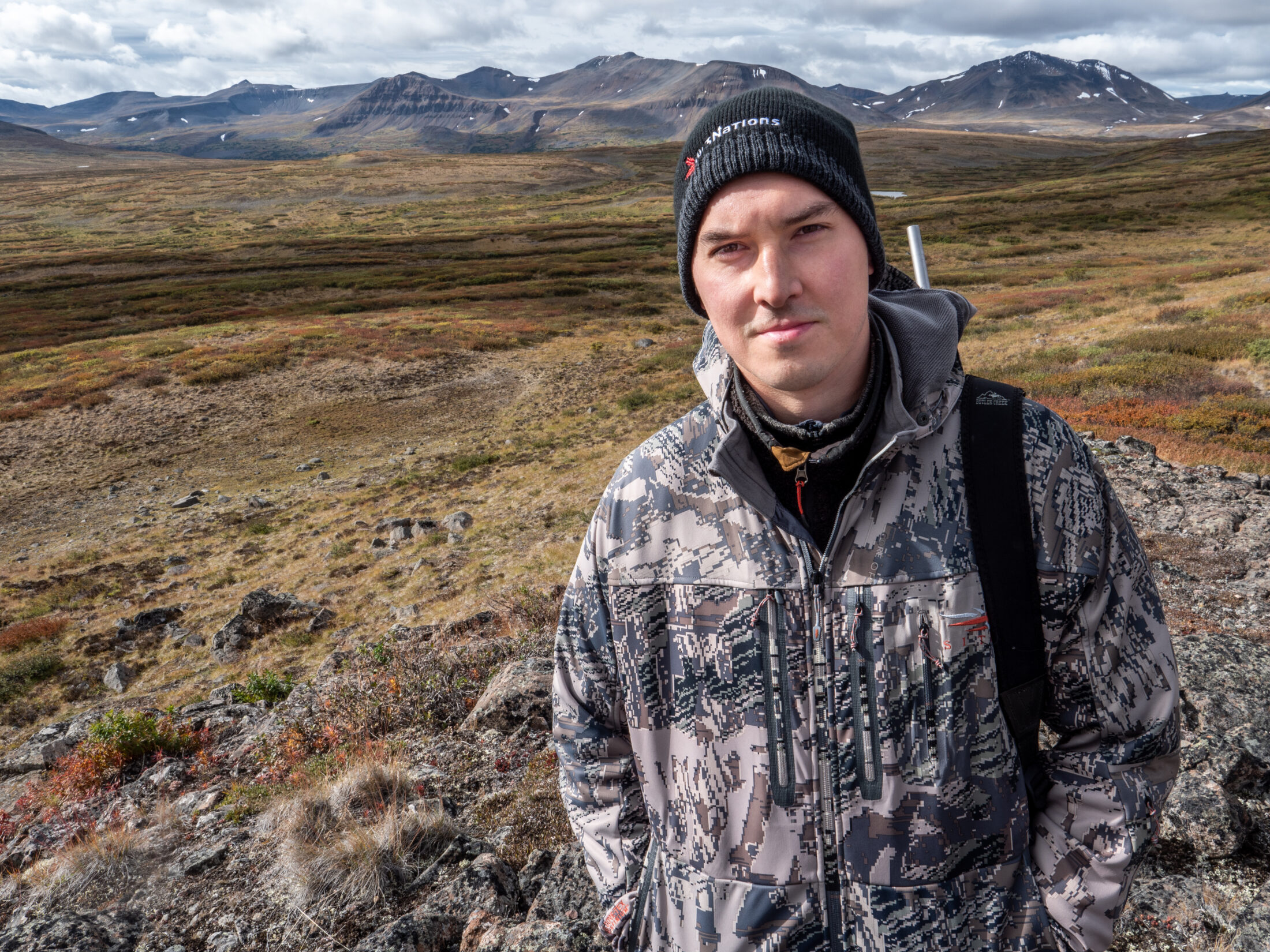
Day went out on grizzly hunt to gain a deeper understanding of the situation on a landscape. Photo: Adam Amir / Tahltan Central Government
For decades, the Tahltan have been working with the province to establish a holistic, science-based wildlife management plan that respects their jurisdiction and knowledge, but have made little progress. So in September, the nation announced its own wildlife management plan through which it encourages and incentivizes Tahltan members to exercise their Aboriginal hunting rights.
Members are now being paid to harvest grizzly bears, black bears and wolves in key areas of the territory to restore balance between predators and ungulates and decrease pressure on fish. They are guided by traditional Tahltan practices and required to make cultural use of every animal taken from the landscape.
The Narwhal spoke with Day about the decision, the details of the plan and how Indigenous communities can take leadership roles in land and wildlife stewardship.
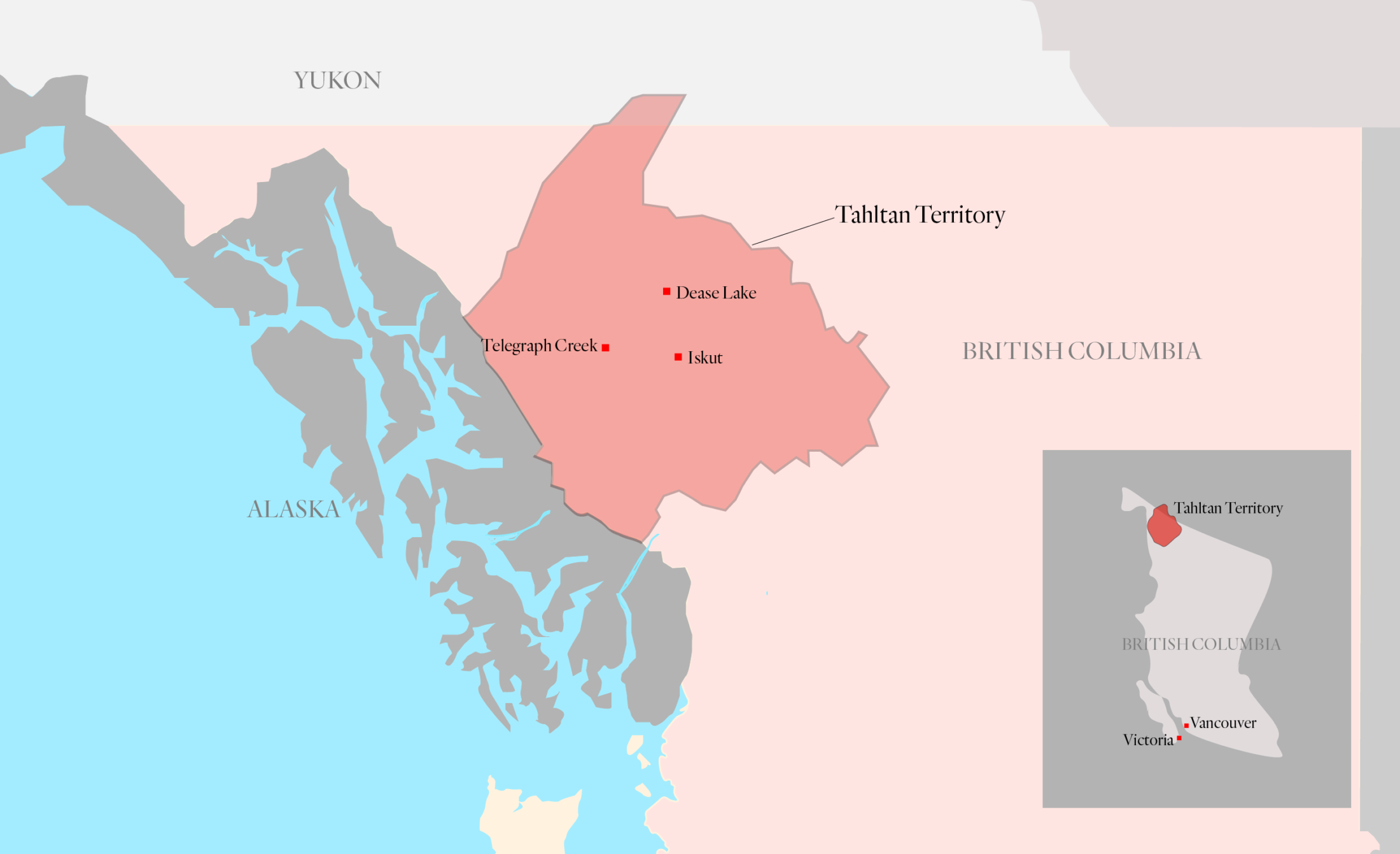
A map of Tahltan territory in B.C. Map: Carol Linnitt / The Narwhal
We’ve been in discussion with the province for decades about improving wildlife management. In more recent years, we’ve definitely made more progress than in previous decades, but the progress is not nearly fast enough. And it’s not nearly robust enough to address the issue of dwindling populations [of ungulates] and to address the issues with the data gaps and a growing imbalance between predator and prey that we see on the landscape.
The province doesn’t do wildlife counts and utilize best practices for wildlife management nearly enough, but for the limited counts that they have done over the years on species like moose and caribou, those so-called scientific studies are riddled with so many gaps. But they also confirm what we’re reporting on the ground, which is that there are less ungulates. They haven’t done the predator numbers, but we know what we see on the landscape and we’re extremely confident that the collective observations on the land are accurate and tell us that there are more predators than ever.
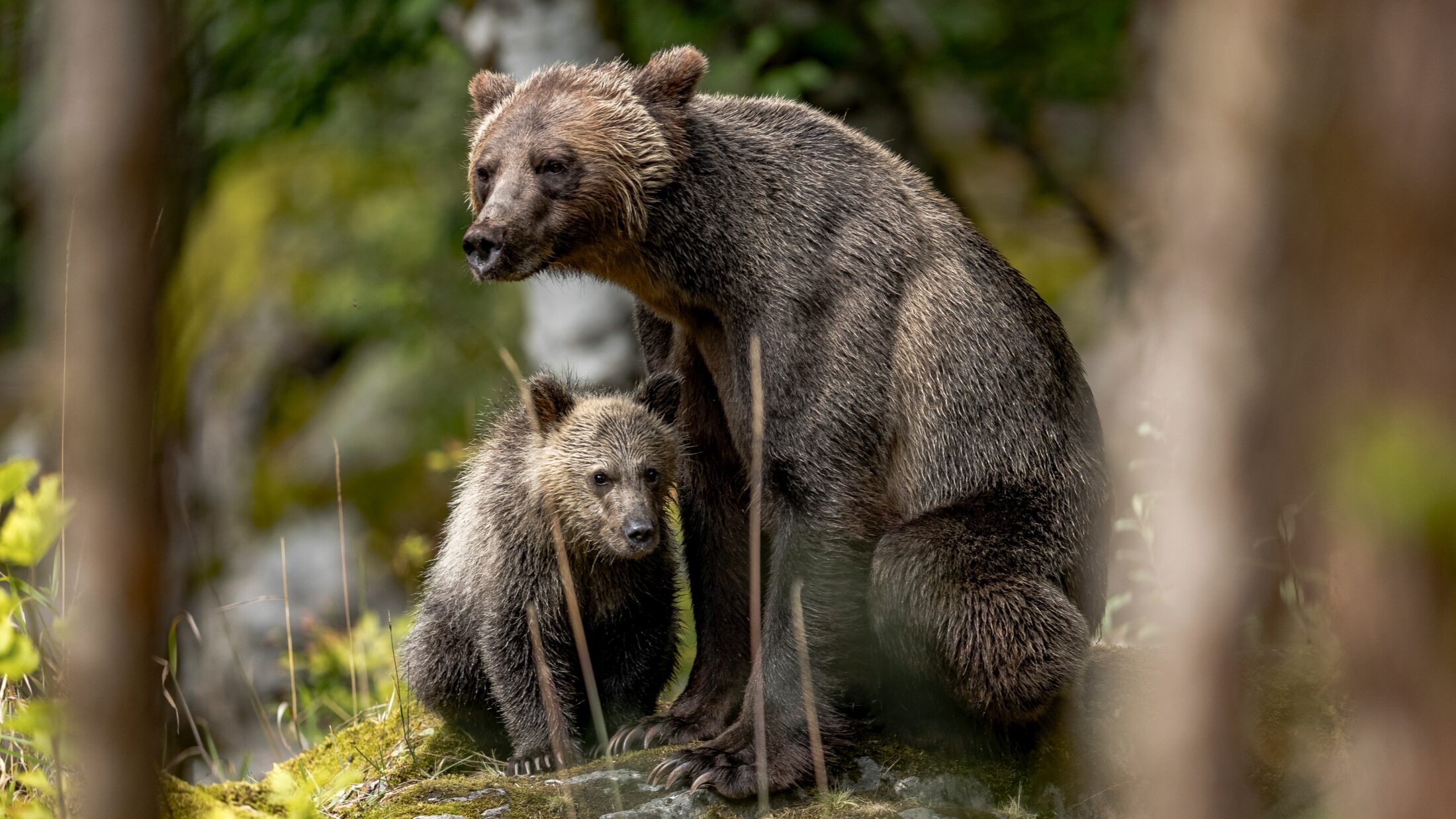
Tahltan hunters are not permitted to kill grizzly bears with cubs. Photo: Thomas Lipke / Unsplash
I’ve seen an increasing number of grizzlies. And for the people that live in the territory and for the backcountry users, both locals and other stakeholders like guide outfitters and hikers, there seems to be a general consensus that there are not only more than ever, but also their behaviour is becoming more desperate, more aggressive, which makes sense if they’re not being hunted and if there’s a lot more pressure and competition on the landscape.
I’ll tell you the numbers because even if we did everything in our power to try and keep it close to our chest, in my experience it’s always easier just to be upfront with these things so that rumours don’t get out of control.
We have a wildlife technical team. It’s made up of biologists and they have access to scientists and all the public data around wildlife management and counts. So they know the historical data around how many grizzly bears were taken out of Tahltan territory by guide outfitters and by resident hunters before the grizzly bear [hunting] ban. They also have scientific numbers around approximately how many wolves are within our territory, which is about the size of Portugal and 99 per cent wilderness, if not more.
Our wildlife technical team came back to us and said that our territory could easily sustain a harvest of at least 100 grizzlies [a year]. We had a choice to make around whether or not we wanted to make that sex specific and we said we’re not going to make it sex specific, which is going to be controversial. We will compensate our members for harvesting adult males or females, not with cubs. If you see a female grizzly on her own, then we would treat that the same as with a male grizzly.
We’re going to be paying our members $1,000 for every grizzly that they harvest, and we’ll make sure that they utilize it properly, culturally, and they will be protected under Aboriginal law to practise those harvesting rights in a way that is compliant or that’s consistent with Tahltan cultural practices. We will have limits on how many bears would be incentivized for Tahltan hunters. What we decided was that we would incentivize two grizzly bears, two black bears and four wolves every calendar year for a Tahltan hunter.
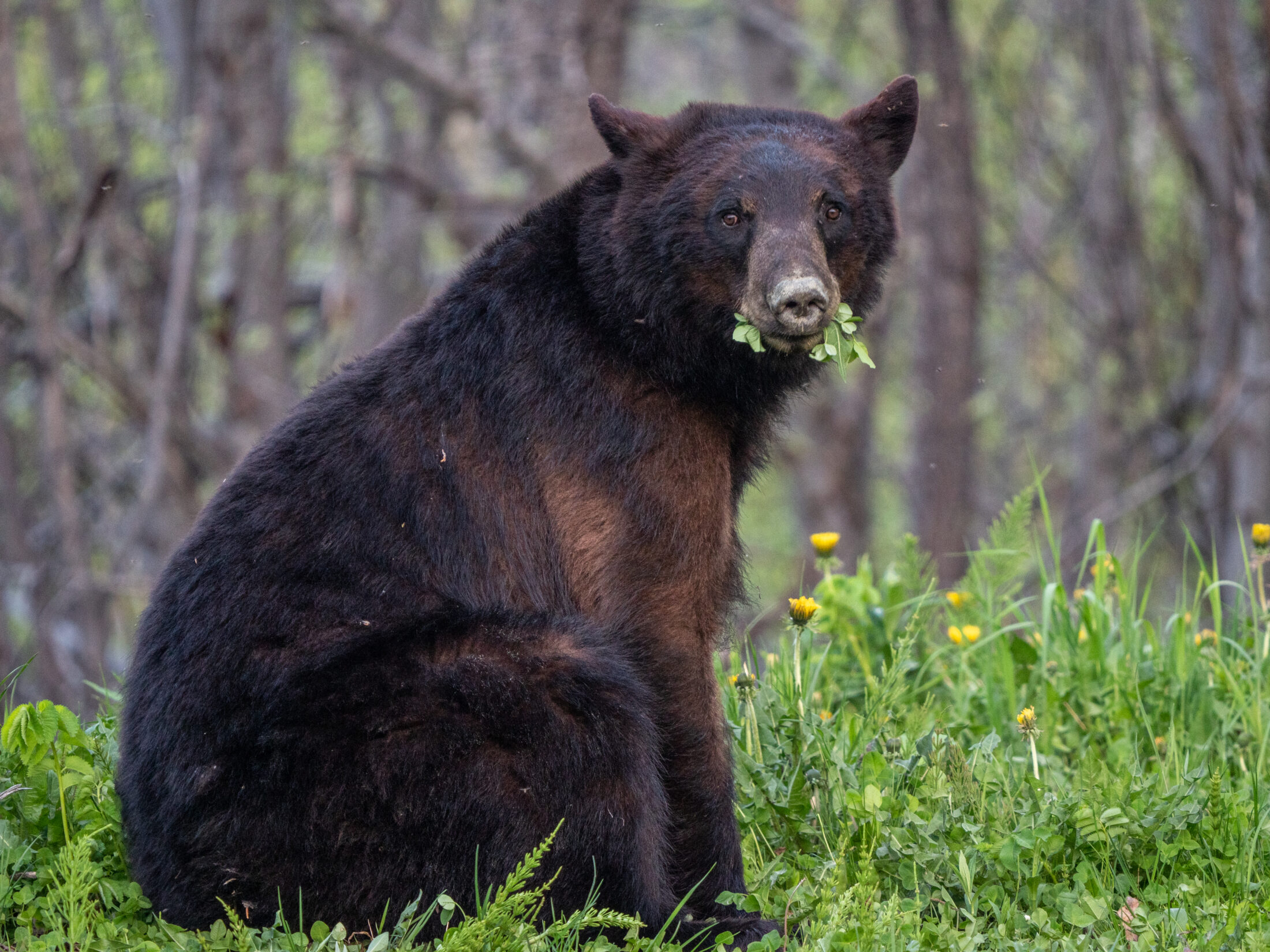
Tahltan hunters are paid $500 to kill a black bear. Photo: Adam Amir / Tahltan Central Government
We know that there are thousands of black bears and their population is not a conservation concern in our area. We’ve put a number of at least 150 black bears a year and they’ve got to be adults. No bears with cubs, but could be a female or a male. And you’ve got to utilize the bear properly. [The incentive for a black bear is $500.]
And then on wolves, this one even caught me by surprise, but it went back to the wildlife technical team and they suggest that it should be at least 250 a year. Again, after engaging with our hunters, we decided that we would incentivize up to four wolves per hunter at $500 a wolf.

The Tahltan wildlife department encourages hunters to target areas that have high concentrations of caribou. Photo: Adam Amir / Tahltan Central Government
Once our hunters and our people figure out this policy, they basically have from today until the end of the Christmas season to harvest up to eight animals for those incentives. It doesn’t take a mathematician to figure out that that could equate to $5,000 and if they did that the following year, there would be another $5,000.
We offered those incentives to help reimburse Tahltans for their time and effort. The reason why a grizzly incentive would be worth more [than a black bear or wolf incentive] is because hunting grizzlies takes far more effort. And quite frankly, grizzlies would in most cases have a far more significant impact on ungulate populations in certain areas. We’re definitely going to do what we can to encourage our wildlife department and our Tahltan hunters that are going to help us with this important initiative to try and manage it in a way so that we are targeting areas that have high concentrations of ungulates, particularly around the calving season.
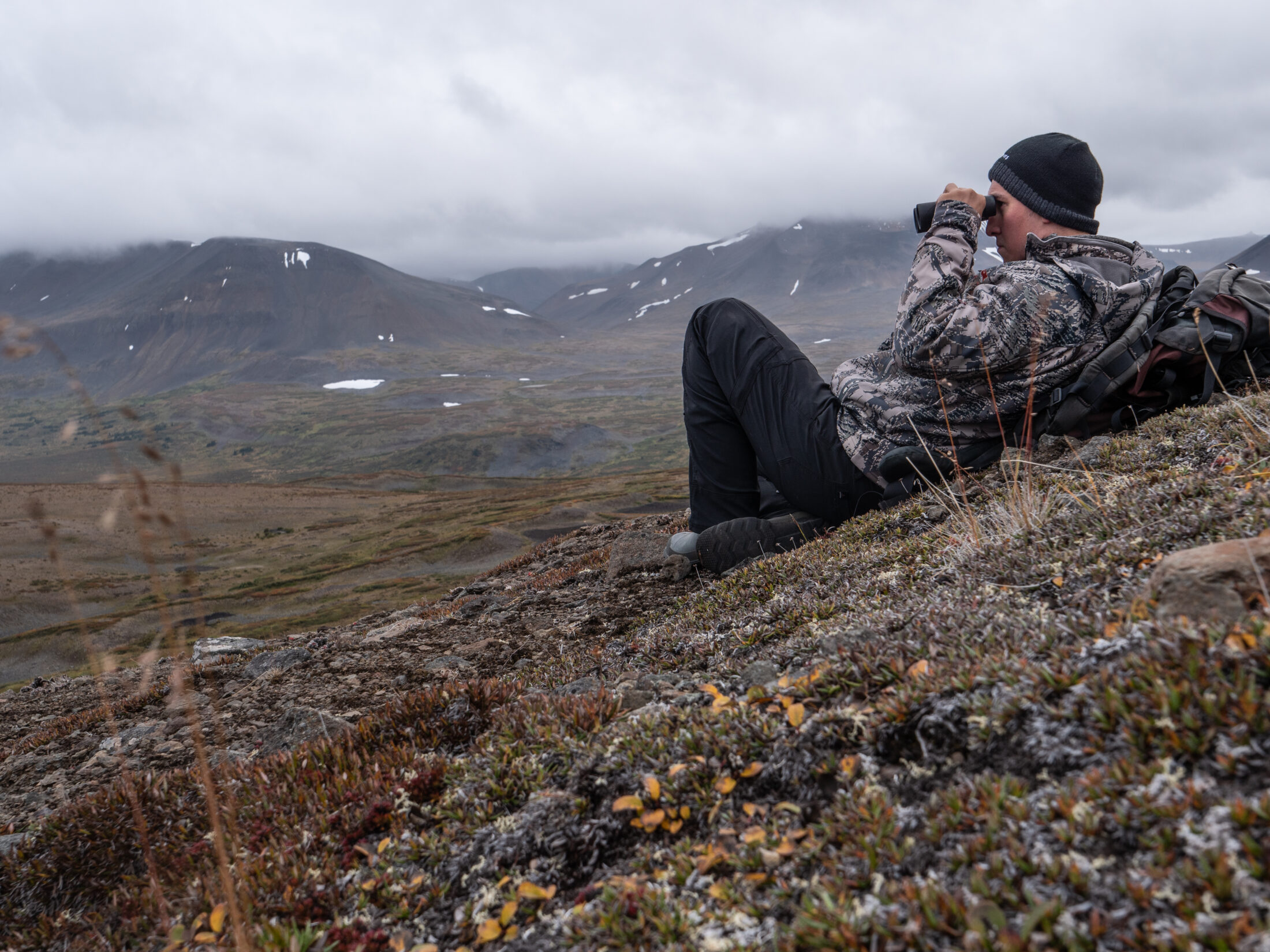
Day hunts on Tahltan territory. Photo: Adam Amir / Tahltan Central Government
How we would manage wildlife, if we had control over all of the laws that the province has at their disposal, is obviously very different because clearly some of the decisions they made are highly politicized. And also, you know, you’ve got that famous phrase out there, “Don’t tell me about your priorities, show me your budget.”
With this initiative, Tahltans are putting up a lot of our own money to make predator management and wildlife management a priority. And if you do the research, you’ll quickly learn that other jurisdictions that have a lot of wildlife like Alaska, Montana and Oregon spend significantly more money proportionally and the practices and the management tools that they use
are far more robust than what we use in British Columbia.
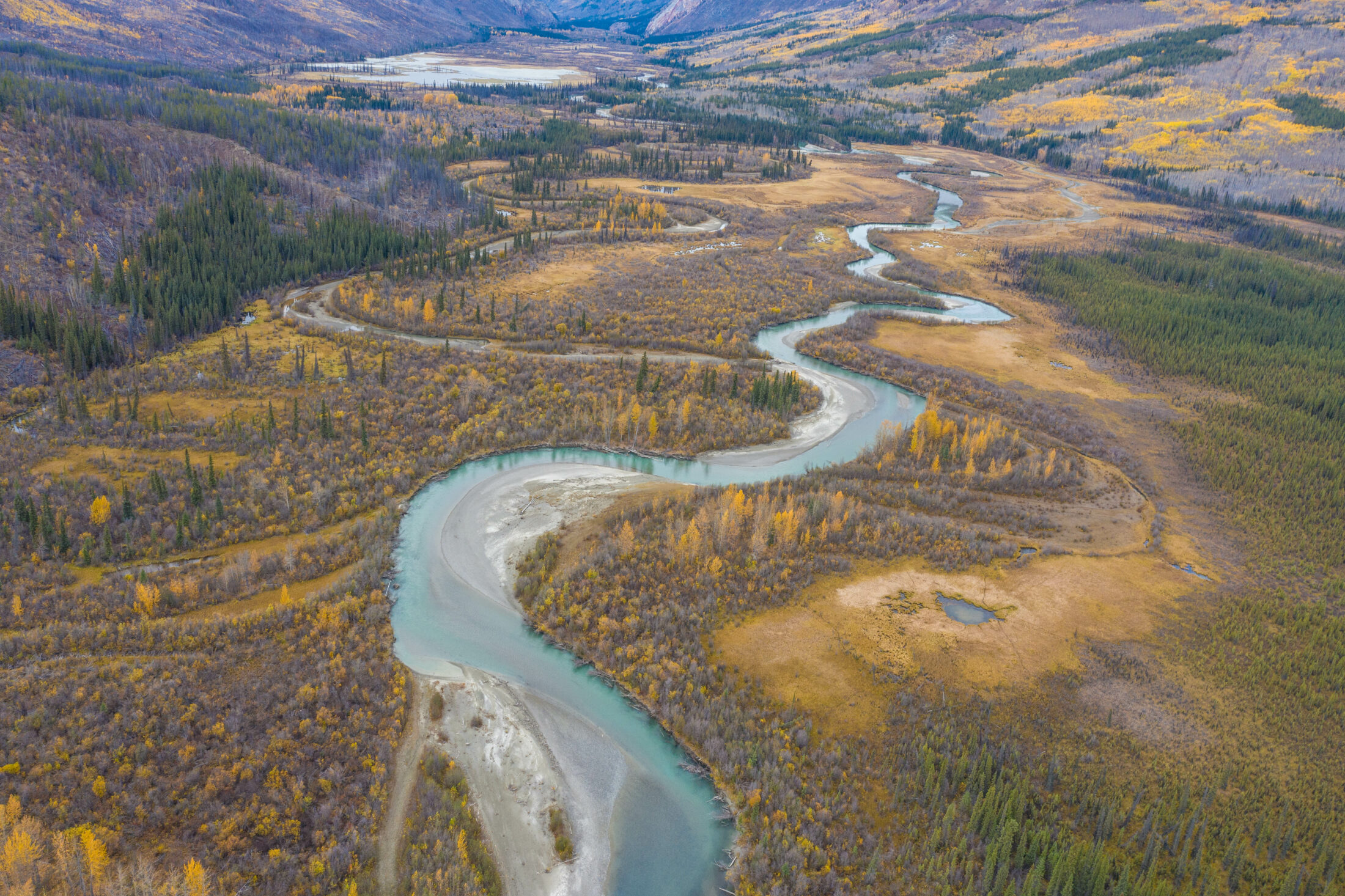
Tahltan territory spans 11 per cent of British Columbia. Photo: Adam Amir / Tahltan Central Government
And that’s a big reason why British Columbia has done such a poor job not only managing wildlife in our territory but in many other portions of the province as well. And I’m not one to step on the toes of other First Nation territories, but the reality is that as the province manages wildlife, species like caribou and moose go extinct or become endangered or can no longer be hunted for conservation concerns.
“If you take hunting moose, hunting caribou, fishing for salmon away from Tahltan people, we’re not Tahltan anymore.”
Where do those hunters go after that happens? They come north to Tahltan territory, where there are still populations of these animals. And at the end of the day, we’re trying to make sure that we have it there for future generations. One of the strongest cultural identity pieces that the Tahltan people still hold dear and practice consistently is hunting. If you take hunting moose, hunting caribou, fishing for salmon away from Tahltan people, we’re not Tahltan anymore. So this isn’t just a battle over hunting rights or fishing rights — it’s something we take extremely seriously, because we aren’t Tahltan if we can’t do those things in our culture. We need healthy moose, healthy caribou, healthy salmon and healthy ungulate populations.
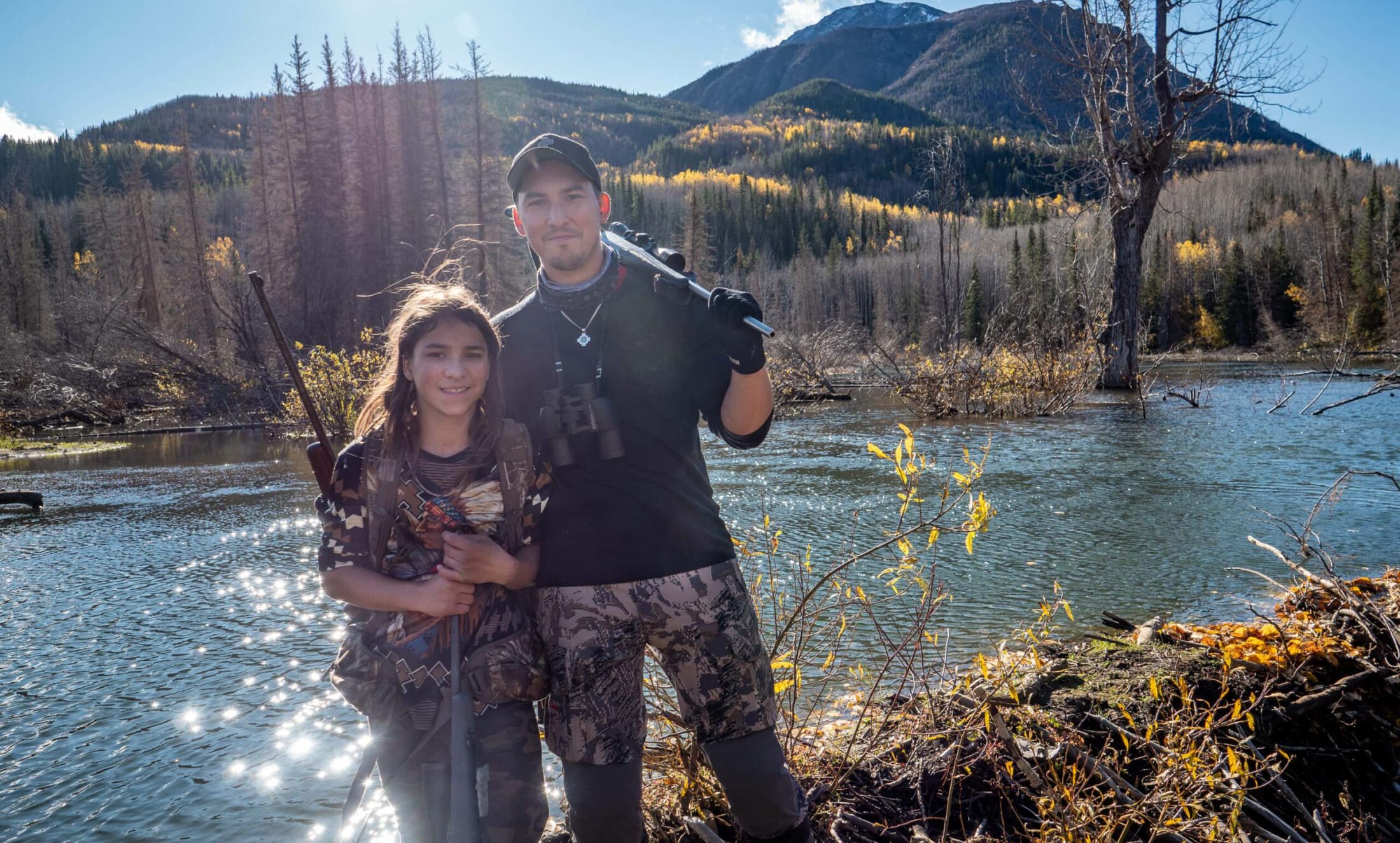
Day hunts with his eldest child. Ensuring future generations can hunt and practise their culture is one of the main motivators behind the nation’s new wildlife management plan. Photo: Adam Amir / Tahltan Central Government
Unfortunately, because the province has created practices that have so many different stakeholders having an impact on the ungulate population, we’re not balancing those harvest numbers by also harvesting predators carefully like Tahltans have been doing for thousands of years. It doesn’t take long for that imbalance to have really negative impacts on the land. That’s what we’re seeing and that’s what we’re trying to fight against.
It’s important if we as humans are going to compete for the same food sources that we have to manage all of these populations together.
I certainly think about all those things when we make a decision like this. I believe that other nations can help preserve their Aboriginal Rights and their fishing and hunting rights in the way that we’re trying to if they take some action. Maybe we serve as a good example for others. But at the end of the day, Tahltans can only try to solve our cultural rights in our territory and that’s our focus.
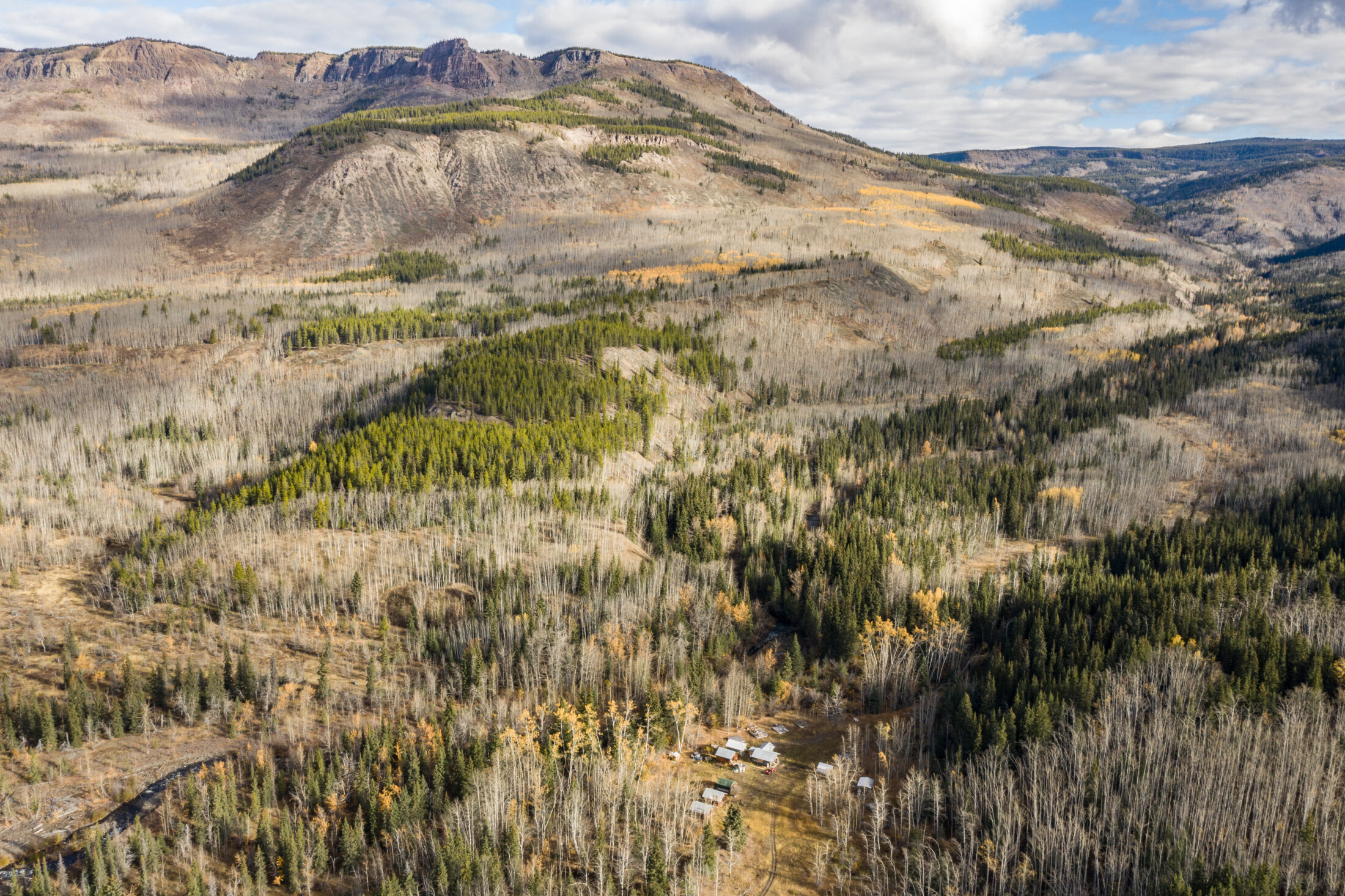
Tahltan territory is about 99 per cent wilderness. Photo: Adam Amir / Tahltan Central Government
It obviously starts with education and people being properly informed. First and foremost, it would be good if people understood that Tahltan territory is over 99 per cent wilderness. And in Tahltan territory, there are more grizzly bears than there are people, guaranteed. There are actually probably thousands more grizzly bears than there are people. So it’s an extremely different reality. And it’s very inappropriate, if you don’t have any firsthand knowledge of what it’s like to live in that vastly different environment, to be telling the people that have been stewards of those lands in that environment for thousands of years what they should do and what they shouldn’t do.
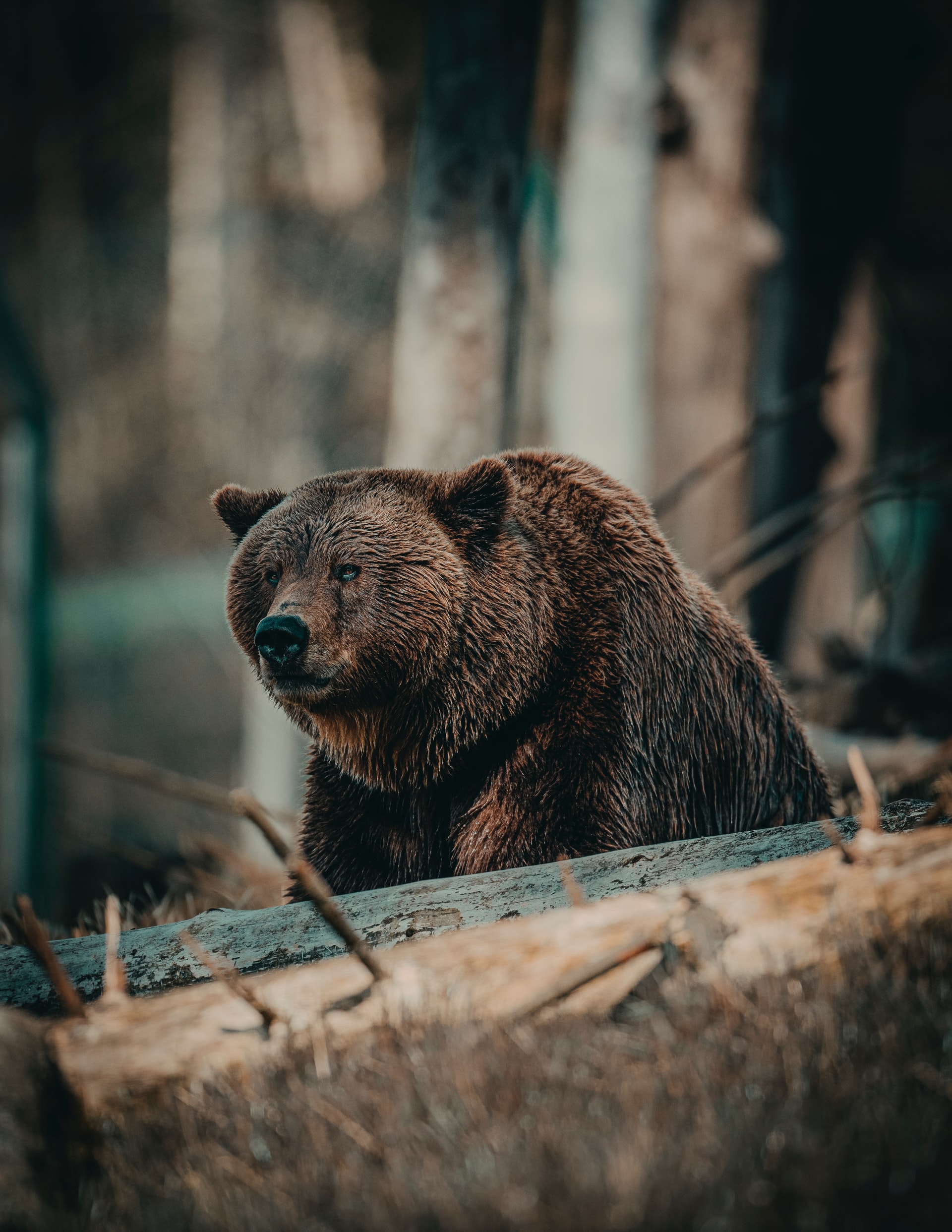
Grizzly bears outnumber people in Tahltan territory, according to Day. Photo: Janko Ferlič / Unsplash
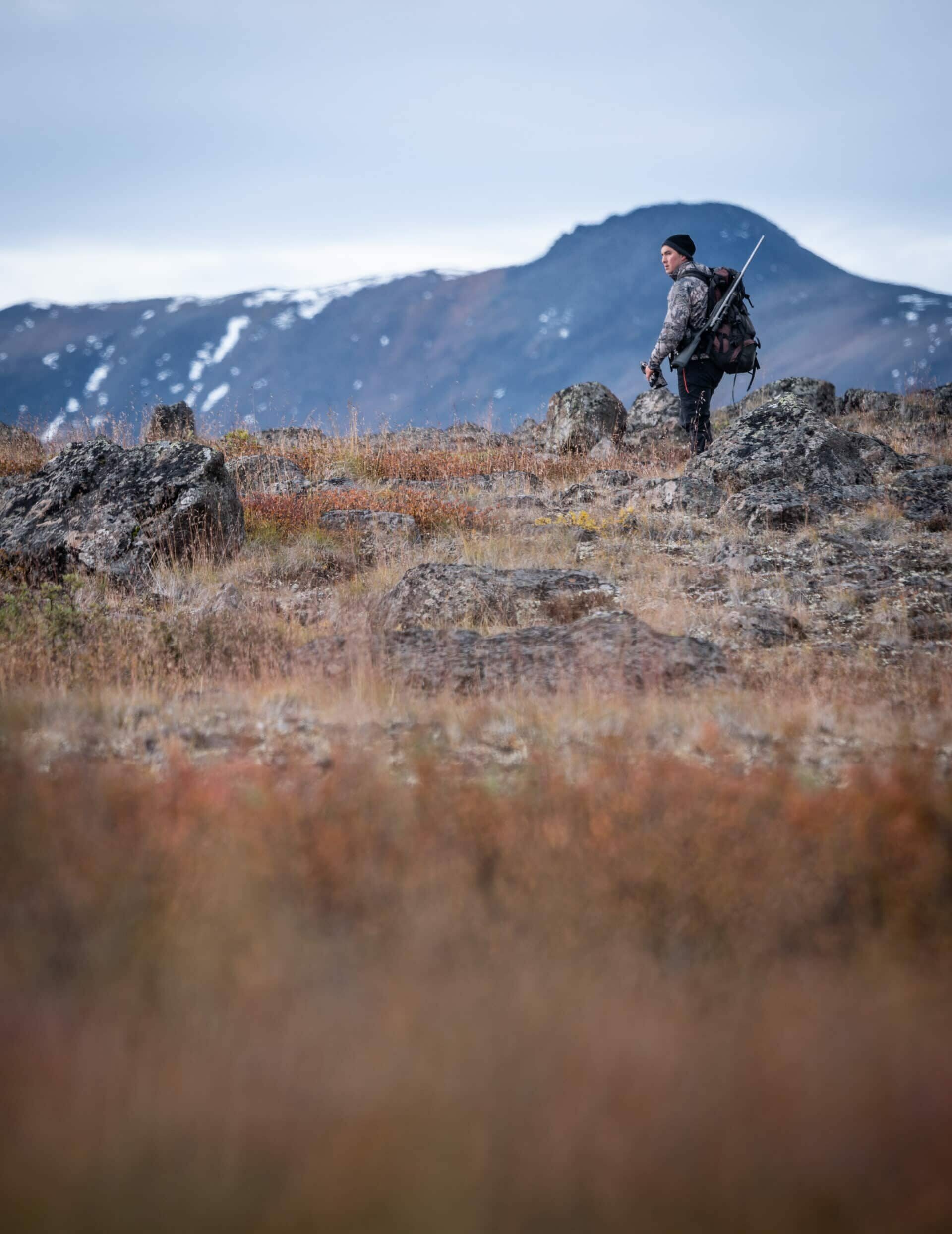
Day hunts on Tahltan territory. Photo: Adam Amir / Tahltan Central Government
I think it’s also important for people to understand that even though we’re 11 per cent of the province, there has been no premier that has come out to our territory for over 30 years. Our MLA spends less than one per cent of his time in Tahltan territory, even though it’s probably over 50 per cent of the land base that he represents. We’re in a very vulnerable region of the province. And for the people that have never been here, they wouldn’t understand that.
These are the types of facts that you share with people and they quickly understand that it’s very important to be properly informed before forming an opinion.
“The people that think that bears and wolves are cute and cuddly animals from watching Disney movies are sadly mistaken.”
A lot of the people that admire grizzly bears are going to try to push arguments and say that not all grizzly bears eat ungulates. They’re probably going to try and downplay how many ungulates are eaten by grizzly bears. There have been some studies done in places like Alaska and other states as well that showcase just how devastating both grizzlies and black bears in certain areas can be on ungulates, particularly the calves during calving season. Those kinds of studies have never been done in Tahltan territory. So some of the anti-hunting groups will try to use that to discredit our initiative.
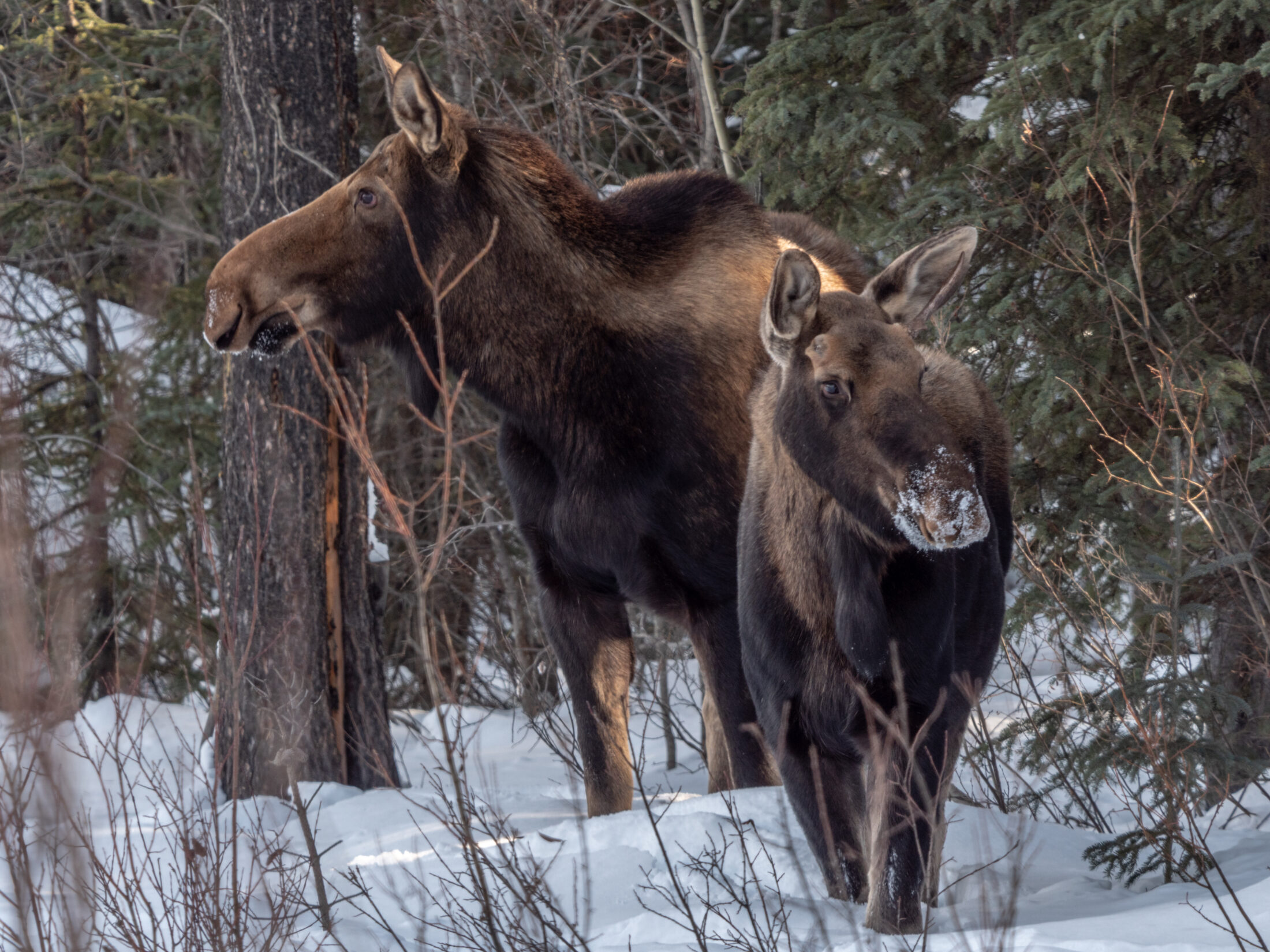
Tahltan hunters have observed lower numbers of moose since B.C. implemented the grizzly bear hunting ban in 2017. Photo: Adam Amir / Tahltan Central Government
We take the position that our Elders and our culture always made it a priority to harvest wolves and bears on purpose for predator management. And obviously when they harvested these animals, they also utilized them to the best of their ability. So wolves were never eaten, but their furs were certainly utilized, and some of the bones were utilized. And then with black bears, they were heavily utilized — the fur, the bones, the meat was eaten. And then with grizzly bears the same thing, but in the modern day not as many people will eat grizzly bears but it’s certainly possible if they wanted to.
The other thing that I think is important for people to understand is that there have been studies in jurisdictions that take wildlife management seriously that show grizzly bears can harvest up to 40 ungulate calves a month. So the people that think that bears and wolves are cute and cuddly animals from watching Disney movies are sadly mistaken. And they would understand how sadly mistaken they are if they lived amongst our people and see what we see with the devastation and the true character of predators in the wilderness.
This is one of those stories that can really resonate with so many other Indigenous Peoples in so many other portions of the province. The province is always quick to point out the efforts that they are making. But sometimes I feel like if you have a house that is burning down, when it comes to things like wildlife and fisheries, the province will send you a couple buckets of water and ask to get a big pat on the back for all the efforts that they’re making to bring these buckets of water. But if, at the end of the day, the house is still burning down and not getting rebuilt or if the fire doesn’t stop burning, then they’re failing — we’re all failing.
Even though B.C. has made more efforts with us in the past few years than ever before, the ungulate numbers are still dwindling and the predator numbers are increasing. There’s still a significant amount of work to do. We didn’t take the decision lightly. We’re just doing what we feel we need to do to make sure that we address the safety concerns and that we stop the trend and then, God willing, we reverse it so that we can create more wildlife on the landscape, more ungulates and maybe less predators and just a better balance.
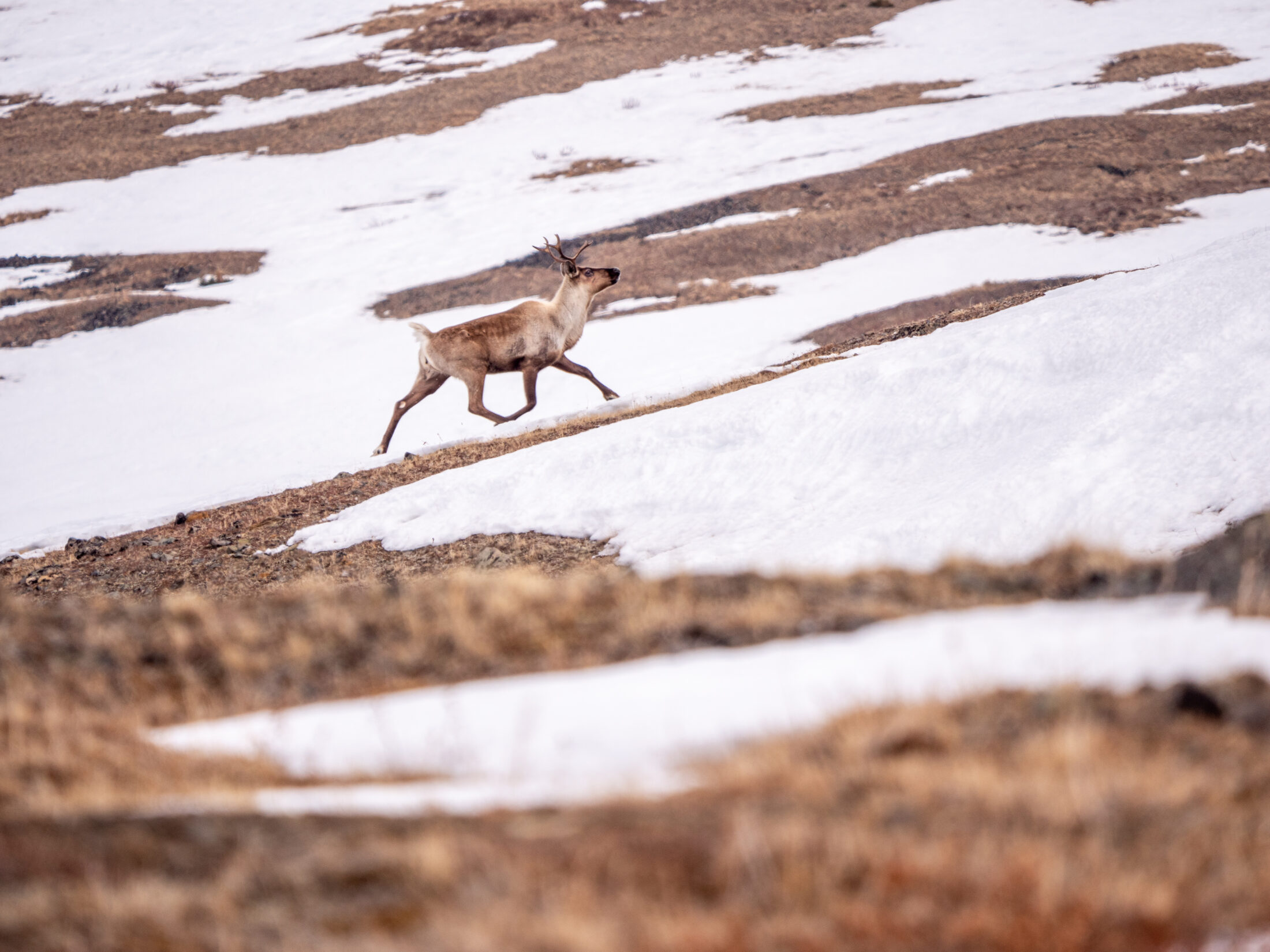
Caribou have been wiped out in some territories in B.C. The Tahltan people are taking action today so the same thing doesn’t happen in their territory, according to Day. Photo: Adam Amir / Tahltan Central Government
There were caribou on Haida Gwaii, probably for thousands of years, and they were wiped out in the ’30s. My children are Wet’suwet’en and it touches me in a tender place that they basically don’t have rights to hunt caribou anymore because either they’ve been completely wiped out or there are like 10 of them left. I don’t even like keeping track of it because it just makes me so sad. And then there are other areas like our neighbours in Treaty 8 territory that have caribou pens. We don’t want to wait until we are putting our caribou in pens like cattle and putting our salmon in fish farms.
Up close with B.C.’s endangered baby caribou — and the First Nations trying to save them
If we can manage wildlife properly, then we can maintain healthy wildlife populations, which is not just good for us as Tahltan people. It’s good for ecotourism. It’s good for other industries as well, whether that’s guide outfitting or others. I know people have a lot of mixed feelings or bad feelings about guide outfitting. But truthfully, if we do this properly, my goal is to make sure that we have healthy wildlife populations and proper wildlife practices in place so that guide outfitters, resident hunters and Tahltan people can all hunt together every year in Tahltan territory moving forward.
I think that’s a very important message to get across, that we believe that we can manage this so that we all can get a fair portion of the wildlife. For some of these people that don’t understand our position or don’t believe in Indigenous self-determination and co-management, I just don’t understand why you would put so much hope in the province when there’s been such a long track record of failures with wildlife management.
We cannot fail at something like wildlife management because if we fail as Indigenous people, we don’t just lose hunting opportunities like the average resident hunter — we lose our culture. That’s a really important message to get across to people, and to the world.
I want to see a world-class wildlife management regime in Tahltan territory that is co-managed with the province in true partnership that provides a sustainable, long-term wildlife management system that allows resident hunters, guide outfitters and Tahltans to hunt in our nation — forevermore. We can share the resources, but we can only share our abundance if we manage it properly. And we can do that, but it’s going to require robust changes to the way we’re doing it now.
Get the inside scoop on The Narwhal’s environment and climate reporting by signing up for our free newsletter. On March 17, federal Conservative Leader Pierre Poilievre...
Continue reading
B.C. previously allowed mineral claims without First Nations consultation. It was court-ordered to fulfill its...

British Columbia has vowed to fast-track several mining projects in an effort to blunt the...

Alberta introduced North America’s first industrial carbon tax in 2007. Now an industry email obtained...
